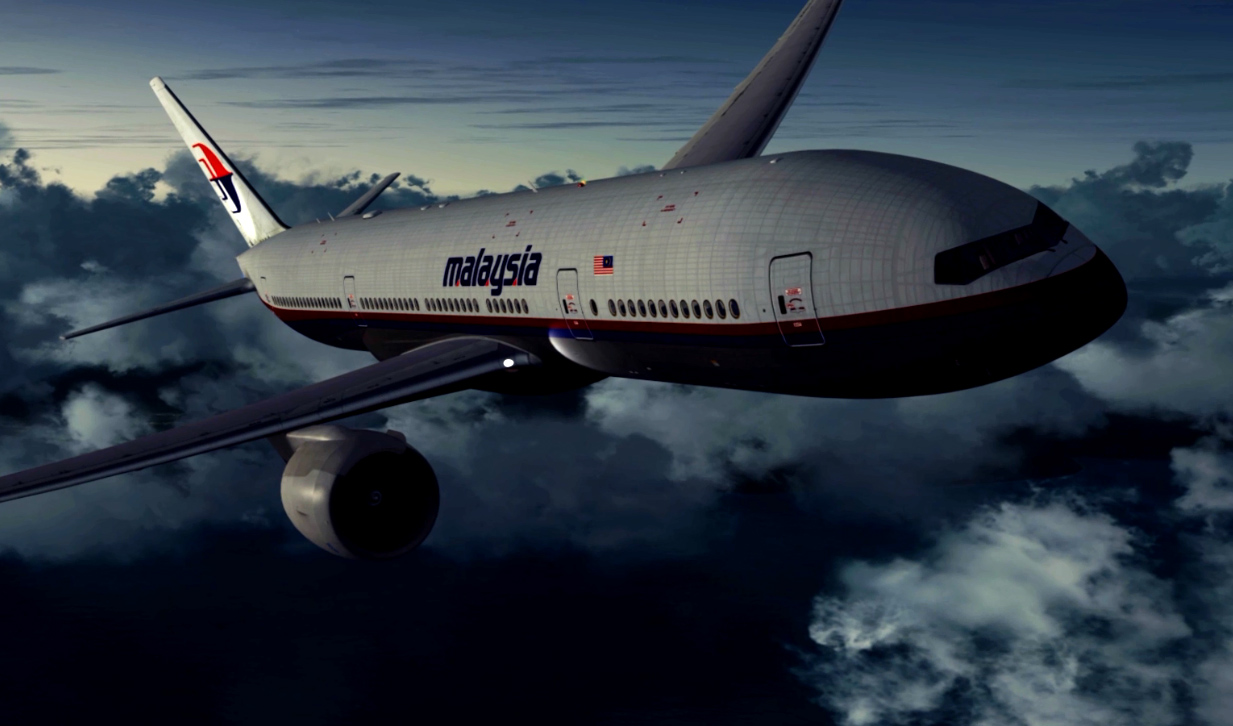The groundbreaking work of aerospace engineer Richard Godfrey in more precisely tracking MH370 has been given a significant boost by the release of aircraft flight data by the Australian Maritime Safety Authority.
The release of the flight plan data facilitated by the Australian Transport Safety Bureau under a strict confidentially agreement will allow Mr. Godfrey to validate his work with Weak Signal Propagation (WSPR), which is a digital radio communication protocol to try and locate MH370 which disappeared on March 8, 2014, with 239 onboard.
Mr. Godfrey said that he is “currently analyzing the information provided in detail. The general alignment to my validation report above titled “When Whispers Shout” is good.
Mr. Godfrey said his next priorities are to test and validate two search flights for both an Indonesian fishing boat in May 2021 and the MH370 wreckage in late March 2014.
The two flights are;
- AMSA 2021 SAR “D2S2” sortie by VH-XNF call sign RSCU550 from Perth International Airport from the last FlightAware ATC ADS-B detection outbound to the search area.
- AMSA 2014 SAR “MH370” sortie by the RNZAF Orion P-3C from Pearce AFB on 29th March 2014 (Day 22).
Mr. Godfrey says this will build on his report titled “When Do Whispers Shout” based on the AMSA 2014 SAR “MH370” sortie by the RNZAF Orion P-3C from Pearce AFB on 28th March 2014 (Day 21).
RNZAF has also released photos from the RNZAF P3 Orion searching for MH370 to Brian Anderson of the Independent Group for analysis in this revolutionary work.
AMSA has also released photos and video publicly from its Challenger SAR aircraft VH-XNF call sign RSCU550 searching for the Indonesian fishing vessel D2S2.
Mr. Godfrey told AirlineRatings.com that “it is important to test and validate the GDTAAA system before analyzing either the MH371 flight from Beijing to Kula Lumpur or the initial part of the MH370 flight.”
After all the validation work Mr. Godfrey expects to be able to give a potential new search team a more precise location of where MH370 lies, west of Perth, Western Australia.
























